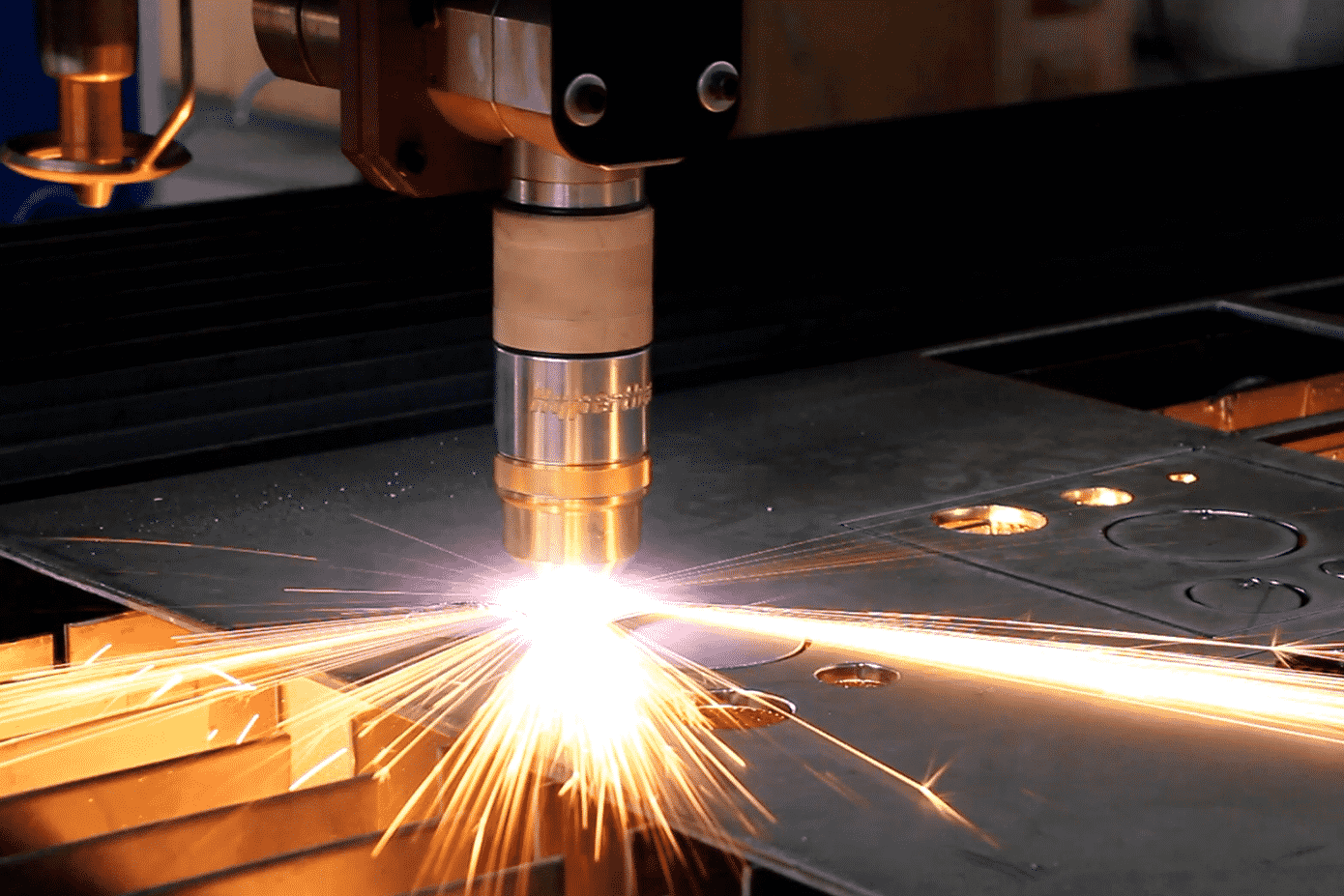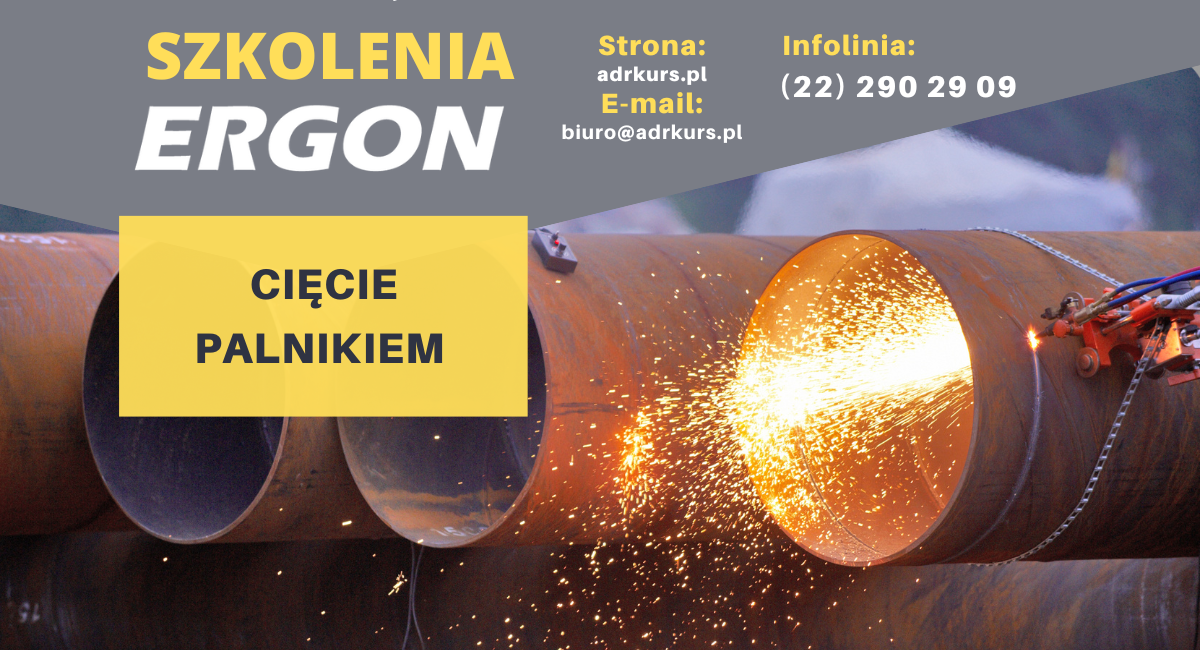Course in oxy-acetylene, plasma and electric torch cutting

A company with many years' experience in the industry invites you to training in oxy-acetylene, plasma and electric torch cutting. We will provide you with the necessary theoretical knowledge, which you will then use in practice while learning to cut with the selected method. The course prepares you for the exam, which, if passed, guarantees your qualifications and the possibility of working with the selected torch or torches.
Types of cuts and their specific characteristics
There are three types of cuts, these are:

- oxy-acetylene cutting - This type of cutting is known as gas cutting or oxygen cutting. It is a commonly used method of separating metals. This method is most commonly used to cut unalloyed steels and low-alloy steels;
- plasma cutting - known as a metal cutting technique, the essence of which is to melt metal and eject it from the cutting slot. The entire process is carried out by means of a special plasma arc, operating under the influence of high kinetic energy;
- electric cutting - This type of cutting allows a better quality of the cut surface and an increase in productivity compared with manual cutting, thanks to the use of oxygen to cut structural carbon and low-alloy steels.
| Oxy-acetylene cutting | Plasma cutting | Electrical cutting | |
| What is it about? | The process involves heating the material to ignition temperature using a flame, followed by combustion and subsequent blasting of the liquid metal with a pressurised oxygen jet. The method allows sheet metal to be cut up to 30 cm thick. | The material being processed melts and is then blown out of the slit. Such a process is made possible by cutting technology using high temperatures at the core of the plasma arc, as well as high jet speeds. | Cutting is carried out in two directions, perpendicular to the base or at an angle of 0 - 45°. They can be guided manually, directly on the material to be cut, along a rail guide, according to an angle iron or with the help of a circular. However, moving the torch forward is recommended. |
Application of cuts
- Oxy-acetylene cutting - is used in situations where thicker materials made of ordinary steel need to be cut.
- Plasma cutting - The most common applications for plasma cutting are the treatment of conductive materials such as aluminium, stainless steel and black steel.
- Electrical cutting - The main applications for electrical cutting include the cutting of machine parts and structural components in steel construction companies and craftsmen's workshops.
How do I obtain a torch cutting licence?
According to the law, in order to do cutting work, you must first try to obtain a licence, which is issued by an accredited training centre.
Who may have taken a course on torch cutting?
Our ERGON centre encourages anyone who meets the two necessary conditions to take part in the course:
- at least 18 years of age,
- minimum primary education,
- good state of health attested by a medical certificate.
Our course will enable all participants to be adequately prepared to undertake this demanding position.

What will you learn on the course?
In addition to first aid information, after the ERGON course you will also learn a great deal of information on topics such as:
- general regulations for torch cutting,
- information on technical supervision,
- burner work organisation,
- the most important information on thermal technology,
- working principles and specificity of individual provisions,
- health and safety rules.
Who are we?
For many years we have been involved in providing comprehensive training services for various professional groups. Amongst others, our offer includes: training courses for UDT, welding, brazing, flange connections, occupational health and safety, as well as courses for specialists, fitters, operators, maintainers and many more





































